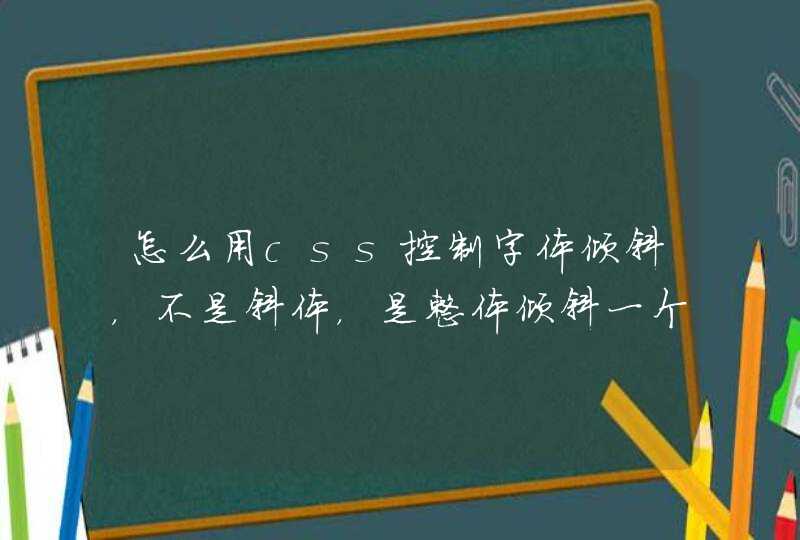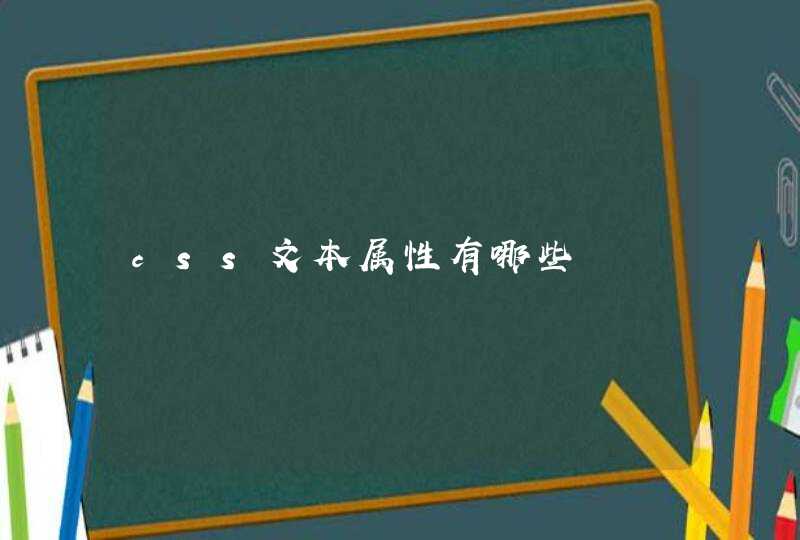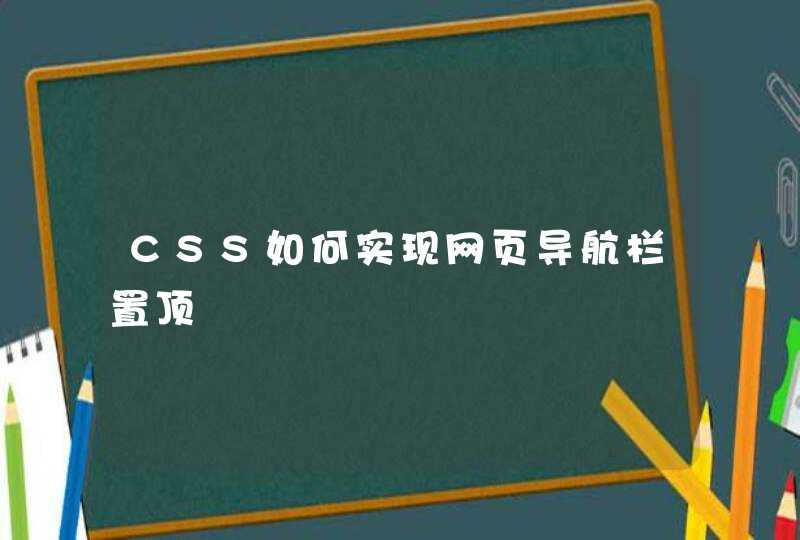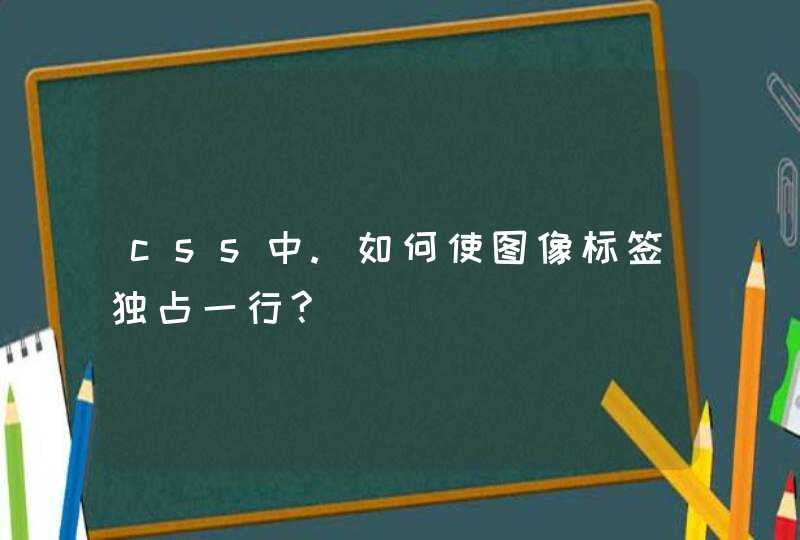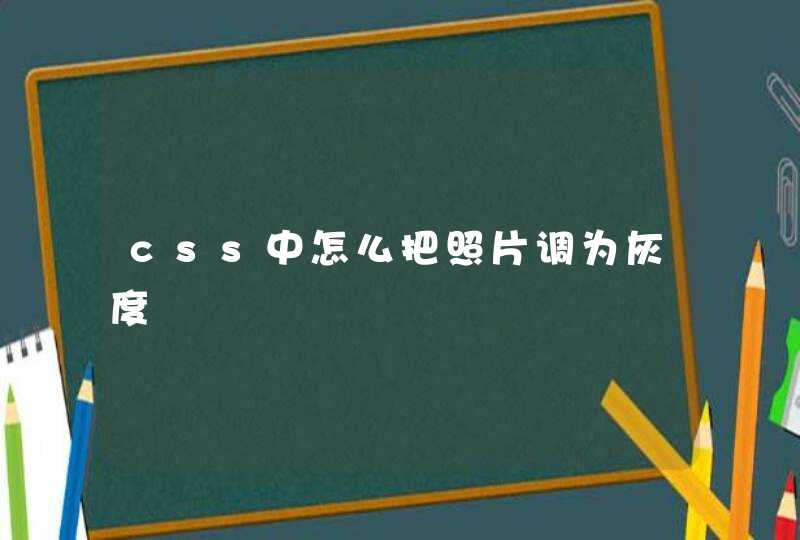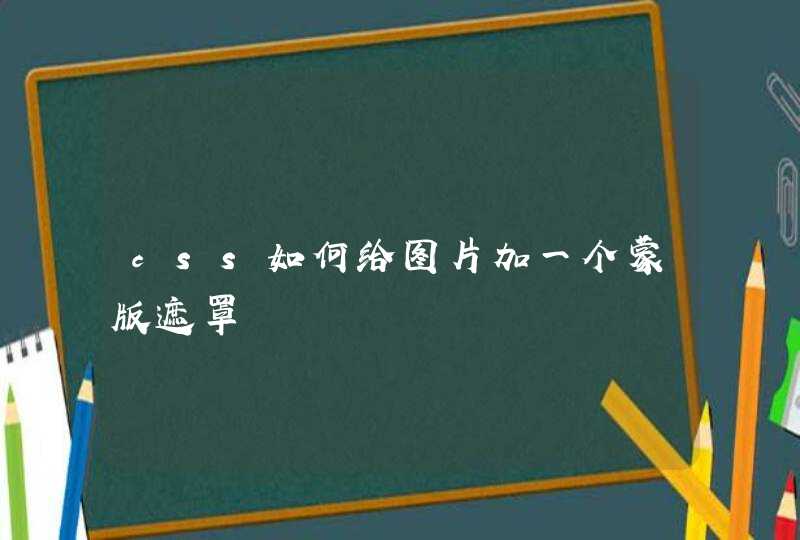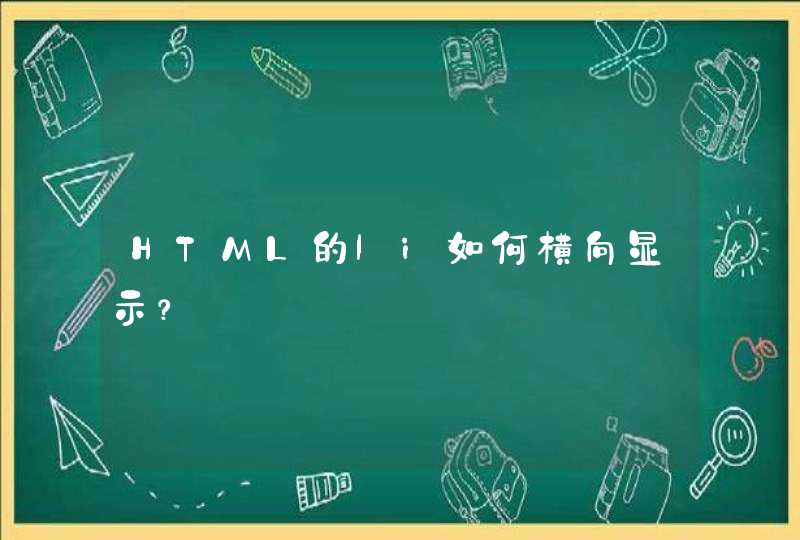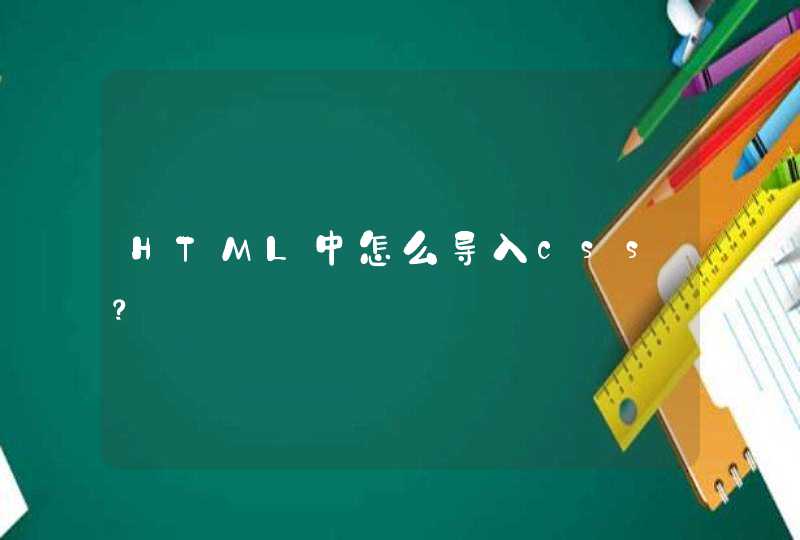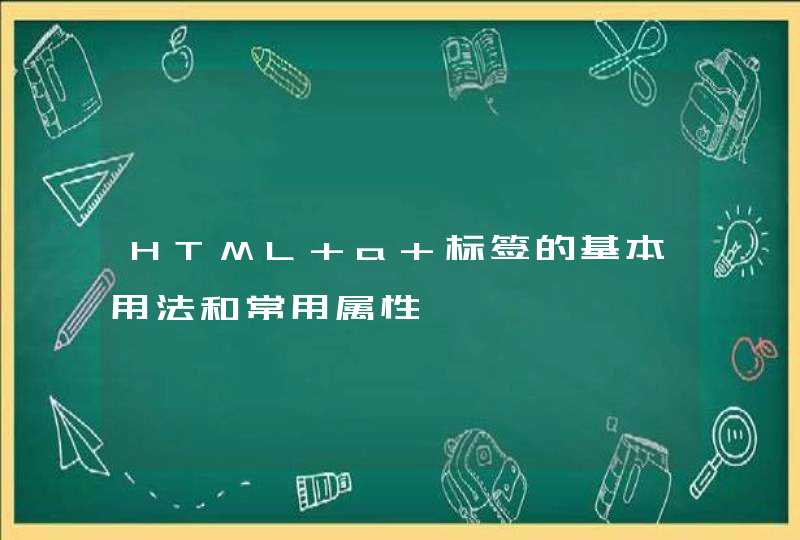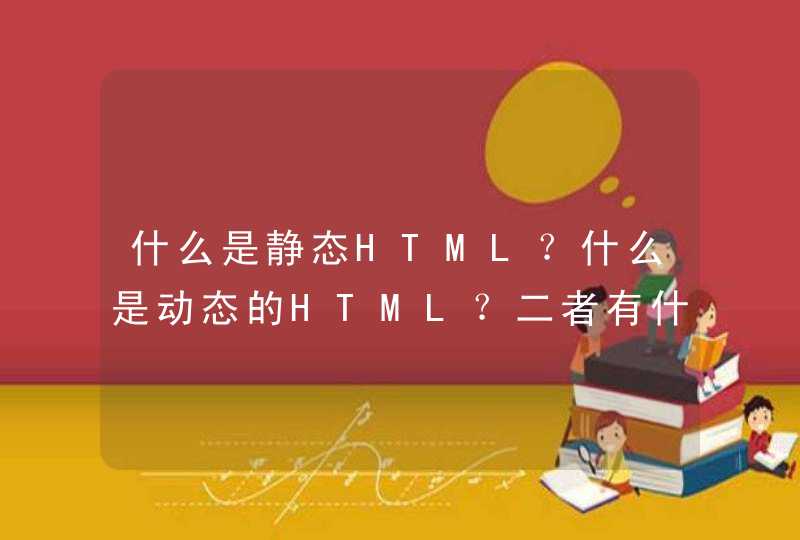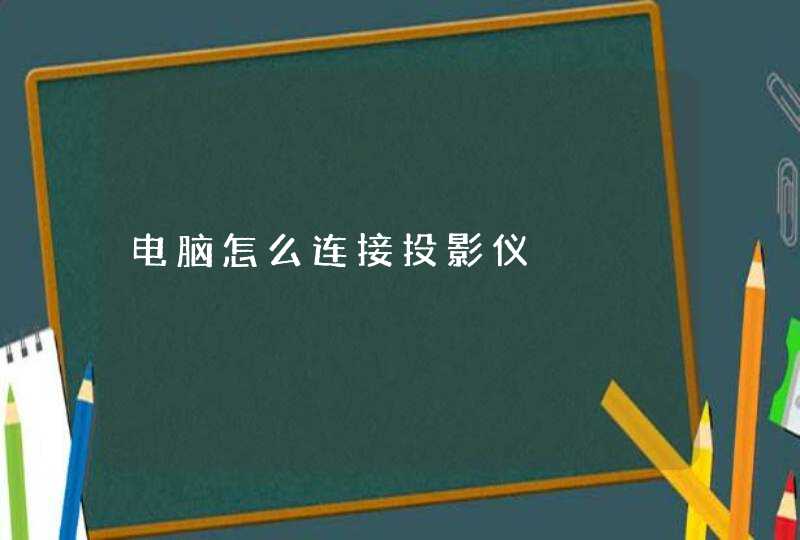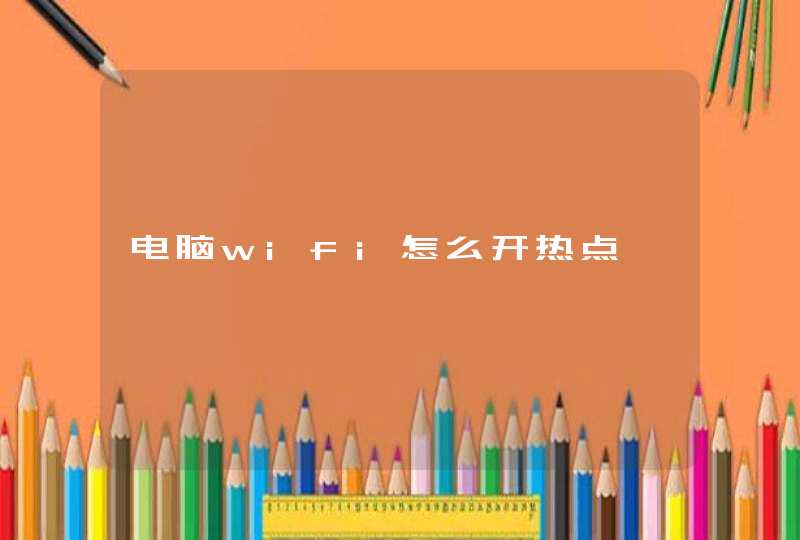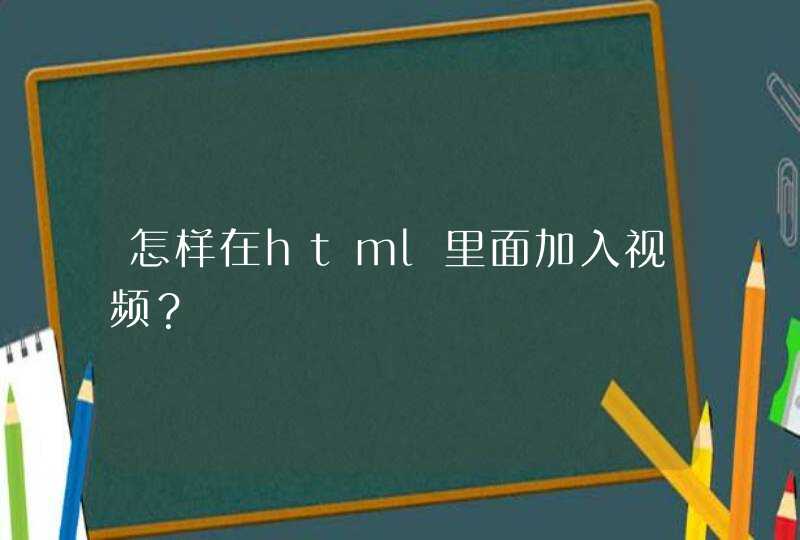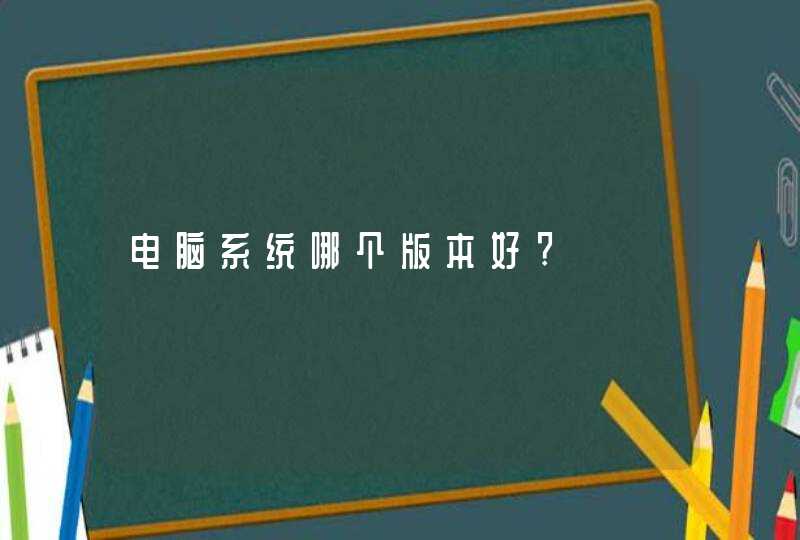
二、对于HTML元素我们自己自定义的DOM属性,在处理时,使用attr方法。
<a href="http://www.baidu.com" target="_self">百度</a>
href,target是a链接中固有的属性值 用prop()方法获取属性值.
<a href="#" id="desc" action="drop">减少</a>
href,id是a链接中固有的属性值 ,但是action是自己添加的属性值,所有如过我想获取action的属性值,用attr().
当然固有属性也可以用attr()来获取
prop和attr的根本区别在于:
1、对于HTML元素本身就带有的固有属性,在处理时,使用prop方法。
<a href="http://www.baidu.com" target="_self" class="btn">百度</a>
这个例子里<a>元素的DOM属性有“href、target和class",这些属性就是<a>元素本身就带有的属性,也是W3C标准里就包含有这几个属性,或者说在IDE里能够智能提示出的属性,这些就叫做固有属性。处理这些属性时,建议使用prop方法。
2、对于HTML元素我们自己自定义的DOM属性,在处理时,使用attr方法。
<a href="#" id="link1" action="delete">删除</a>
这个例子里<a>元素的DOM属性有“href、id和action”,很明显,前两个是固有属性,而后面一个“action”属性是我们自己自定义上去的,<a>元素本身是没有这个属性的。这种就是自定义的DOM属性。处理这些属性时,建议使用attr方法。
扩展资料:
attr() 方法设置或返回被选元素的属性值。
根据该方法不同的参数,其工作方式也有所差异。
当该方法用于返回属性值,则返回第一个匹配元素的值。
当该方法用于设置属性值,则为匹配元素设置一个或多个属性/值对
简洁的JavaScript框架,是继Prototype之后又一个优秀的JavaScript代码库(或JavaScript框架)。jQuery设计的宗旨是“write Less,Do More”,即倡导写更少的代码,做更多的事情
。它封装JavaScript常用的功能代码,提供一种简便的JavaScript设计模式,优化HTML文档操作、事件处理、动画设计和Ajax交互。
参考资料:百度百科-jQuery
百度百科-attr()
相比attr,prop是1.6.1才新出来的,两者从中文意思理解,都是获取/设置属性的方法(attributes和properties)。只是,window或document中使用.attr()方法在jQuery1.6之前不能正常运行,因为window和document中不能有
attributes。prop应运而生了。
既然我们想知道他们两的区别,最好就看看他们的源代码,不要被代码长度所吓到,我们只看关键的几句:
attr: function( elem, name, value, pass ) {
var ret, hooks, notxml,
nType = elem.nodeType
// don't get/set attributes on text, comment and attribute nodes
if ( !elem || nType === 3 || nType === 8 || nType === 2 ) {
return
}
if ( pass &&jQuery.isFunction( jQuery.fn[ name ] ) ) {
return jQuery( elem )[ name ]( value )
}
// Fallback to prop when attributes are not supported
if ( typeof elem.getAttribute === "undefined" ) {
return jQuery.prop( elem, name, value )
}
notxml = nType !== 1 || !jQuery.isXMLDoc( elem )
// All attributes are lowercase
// Grab necessary hook if one is defined
if ( notxml ) {
name = name.toLowerCase()
hooks = jQuery.attrHooks[ name ] || ( rboolean.test( name ) ? boolHook : nodeHook )
}
if ( value !== undefined ) {
if ( value === null ) {
jQuery.removeAttr( elem, name )
return
}
else if ( hooks &&"set" in hooks &¬xml &&
(ret = hooks.set( elem, value, name )) !== undefined ) {
return ret
} else {
elem.setAttribute( name, value + "" )
return value
}
} else if ( hooks &&"get" in hooks &¬xml &&(ret = hooks.get( elem, name )) !== null ) {
return ret
} else {
ret = elem.getAttribute( name )
// Non-existent attributes return null, we normalize to undefined
return ret === null ?
undefined :
ret
}
}
prop方法代码(jQuery版本1.8.3)
prop: function( elem, name, value ) {
var ret, hooks, notxml,
nType = elem.nodeType
// don't get/set properties on text, comment and attribute nodes
if ( !elem || nType === 3 || nType === 8 || nType === 2 ) {
return
}
notxml = nType !== 1 || !jQuery.isXMLDoc( elem )
if ( notxml ) {
// Fix name and attach hooks
name = jQuery.propFix[ name ] || name
hooks = jQuery.propHooks[ name ]
}
if ( value !== undefined ) {
if ( hooks &&"set" in hooks &&(ret = hooks.set( elem, value, name )) !== undefined ) {
return ret
} else {
return ( elem[ name ] = value )
}
} else {
if ( hooks &&"get" in hooks &&(ret = hooks.get( elem, name )) !== null ) {
return ret
} else {
return elem[ name ]
}
}
}
attr
方法里面,最关键的两行代码,elem.setAttribute( name, value + “” )和ret =
elem.getAttribute( name ),很明显的看出来,使用的DOM的API
setAttribute和getAttribute方法操作的属性元素节点。而prop方法里面,最关键的两行代码,return ( elem[
name ] = value )和return elem[ name
],你可以理解成这样document.getElementById(el)[name] = value,这是转化成JS对象的一个属性。
既然明白了原理是这样,我们来看看一个例子:
<input type="checkbox" id="test" abc="111" />
$(function(){
el = $("#test")
console.log(el.attr("style"))//undefined
console.log(el.prop("style"))//CSSStyleDeclaration对象
console.log(document.getElementById("test").style)//CSSStyleDeclaration对象
})
el.attr(“style”)
输出undefined,因为attr是获取的这个对象属性节点的值,很显然此时没有这个属性节点,自然输出
undefinedel.prop(“style”)输出CSSStyleDeclaration对象,对于一个DOM对象,是具有原生的style对象
属性的,所以输出了style对象至于document.getElementById(“test”).style和上面那条一样
接着看:
el.attr("abc","111")
console.log(el.attr("abc"))//111
console.log(el.prop("abc"))//undefined
首先用attr方法给这个对象添加abc节点属性,值为111,可以看到html的结构也变了
el.attr(“abc”)输出结果为111,再正常不过了el.prop(“abc”)输出undefined,因为abc是在这个的属性节点中,所以通过prop是取不到的
el.prop("abc", "222")
console.log(el.attr("abc"))//111
console.log(el.prop("abc"))//222
我们再用prop方法给这个对象设置了abc属性,值为222,可以看到html的结构是没有变化的。输出的结果就不解释了。
上面已经把原理讲清楚了,什么时候用什么就可以自己把握了。
提一下,在遇到要获取或设置checked,selected,readonly和disabled等属性时,用prop方法显然更好,比如像下面这样:
<input type="checkbox" id="test" checked="checked" />console.log(el.attr("checked"))//checked
console.log(el.prop("checked"))//true
console.log(el.attr("disabled"))//undefined
console.log(el.prop("disabled"))//false
显然,布尔值比字符串值让接下来的处理更合理。
PS一下,如果你有JS性能洁癖的话,显然prop的性能更高,因为attr需要访问DOM属性节点,访问DOM是最耗时的。这种情况适用于多选项全选和反选的情况。
大
家都知道有的浏览器只要写disabled,checked就可以了,而有的要写成disabled =
"disabled",checked="checked",比如用attr("checked")获取checkbox的checked属性时选中的时
候可以取到值,值为"checked"但没选中获取值就是undefined。
jq提供新的方法“prop”来获取这些属性,就是来解决这个问题的,以前我们使用attr获取checked属性时返回"checked"和"",现在使用prop方法获取属性则统一返回true和false。
那么,什么时候使用attr(),什么时候使用prop()?1.添加属性名称该属性就会生效应该使用prop()2.是有true,false两个属性使用prop()3.其他则使用attr()项目中jquery升级的时候大家要注意这点!
以下是官方建议attr(),prop()的使用:


















